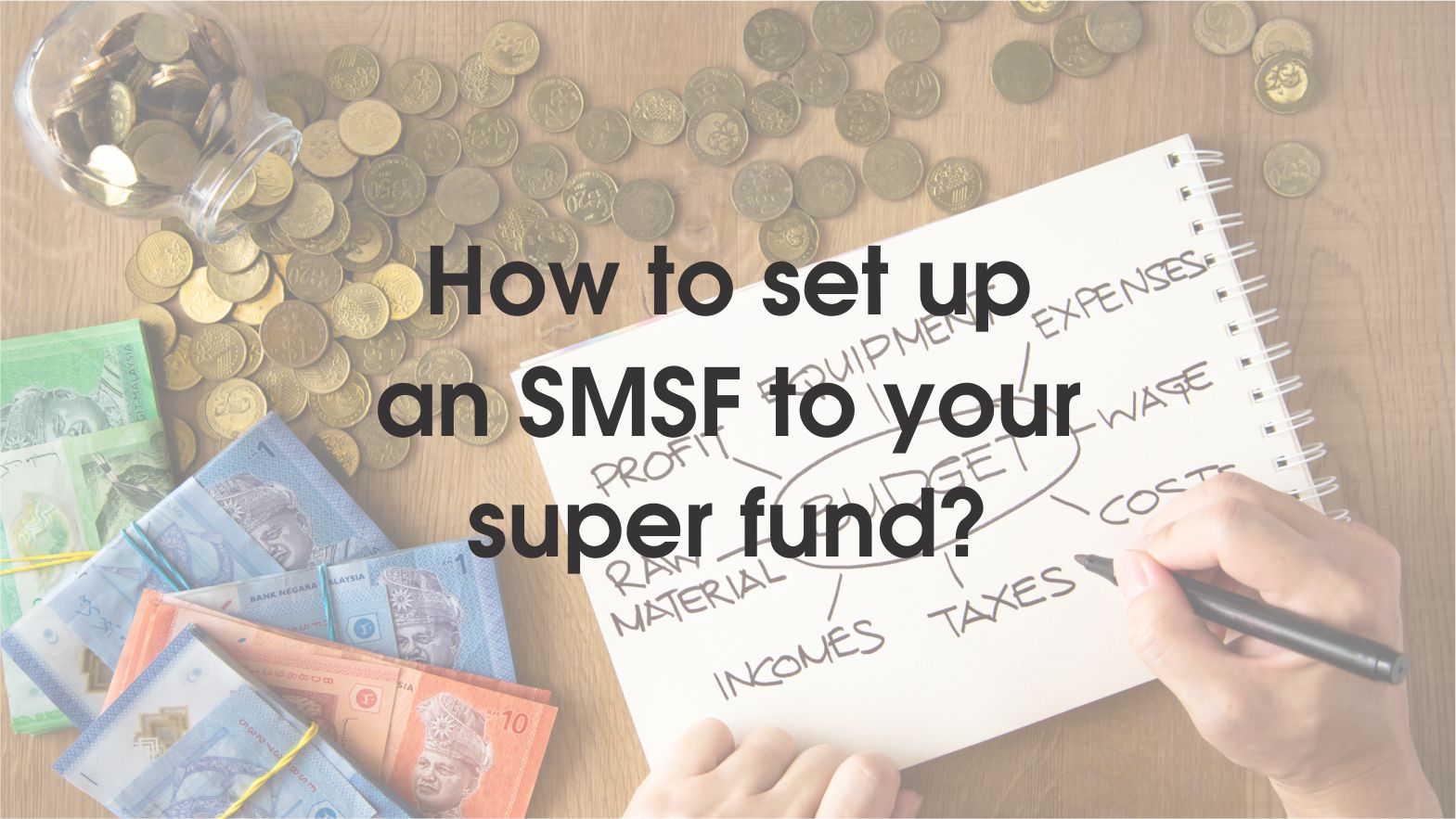How to set up an SMSF to your super fund?
Many people wonder if their retirement lifestyle will be the same as their current one. This is often due to insufficient funds in their retirement account, which prevents them from indulging in luxuries like travel and dining out as frequently as before.
Are you looking for ways to create a comfortable retirement lifestyle? There are many ways to do this, all of which involve planning for the future. Investing in the right superannuation fund will benefit your future, but choosing one is the hardest part for those users who don’t know where to invest. A self-managed super fund (SMSF) could be your answer if you want to save money and invest for your future retirement.
In this blog, we will talk about how to invest in SMSF to make your retirement life easy and secure.
Here is a step-by-step guide on how to set up an SMSF:
Determine Your Eligibility
The first step in setting up an SMSF is to determine whether you’re eligible to do so. It would be best if you met the following criteria as per According to the Australian Taxation Office (ATO):
- Only four members are allowed in the fund
- Corporate trustees are responsible for managing the funds of a company. Depending on their role in the company, Appoint each member as either a trustee or director
- The fund must not have any ‘related parties’ that would prevent it from meeting the sole purpose test
Choose a Trustee Structure
Once you’ve determined that you’re eligible to set up an SMSF, the next step is to choose a trustee structure. There are two options:
- Individual trustees: In this structure, each fund member is a trustee, and all decisions are made jointly by the trustees.
- Corporate trustee: In this structure, a company is appointed as the fund’s trustee, and the fund’s members are shareholders and directors.
Register Your Fund
The next step is to register your fund with the ATO. You can complete the SMSF registration form and submit it to the ATO. You need to provide the following information such as:
- The fund’s Australian business number (ABN)
- The fund’s taxpayer identification number (TFN)
- The names and addresses of the trustees or directors of the corporate trustee
- The fund’s name and address
Create a Trust Deed
After your fund has been registered, the next step is to create a trust deed. A trust deed is a legal document that sets out the rules and regulations for your SMSF. It should include the fund’s objectives, investment strategies, and decision-making.

Obtain an SMSF Tax File Number
Once the trust deed has been created, the next step is to obtain an SMSF tax file number (TFN). The trustee can complete the SMSF TFN application form and submit it to the ATO.
Establish Bank Accounts
The next step is to establish bank accounts for your SMSF. You will need to set up at least two bank accounts:
- An operating account: You will use this account for the day-to-day transactions of the fund, such as paying bills and receiving contributions.
- A compliance account: Once you set up your SMSF, it’s important that you comply with superannuation legislation.
Comply with Superannuation Legislation
Once you set up your SMSF, it’s important that you comply with superannuation legislation.This includes:
- Preparing and lodging annual income tax returns
- Preparing and lodging an annual SMSF return
- Keeping accurate records of all transactions and investments
- Paying a minimum pension to members who have reached the preservation age
Set up a record-keeping system
Your SMSF must keep accurate records of all transactions, contributions, and investments. It is essential to keep all invoices, receipts, bank statements, and other financial records for a minimum of five years.
Investing
Once your SMSF is set up, you can start making investment decisions. It is critical to diversify your investments and make sure that your SMSF’s investments align with your fund’s investment strategy.
Compliance
SMSF trustees must comply with a range of laws and regulations, including those related to contributions, benefits, and managing the fund’s assets. It is essential to stay up-to-date with these laws and regulations and seek professional advice if necessary.
Conclusion
Setting up an SMSF can be a great way to take control of your retirement savings and make investment decisions tailored to your specific needs and goals. However, it’s influential in understanding the responsibilities and regulations of setting up and running an SMSF and the costs and potential benefits. It is essential to seek professional advice from an accountant or a financial advisor before setting up an SMSF. We provide SMSF outsourcing services that will secure your retirement plan.




